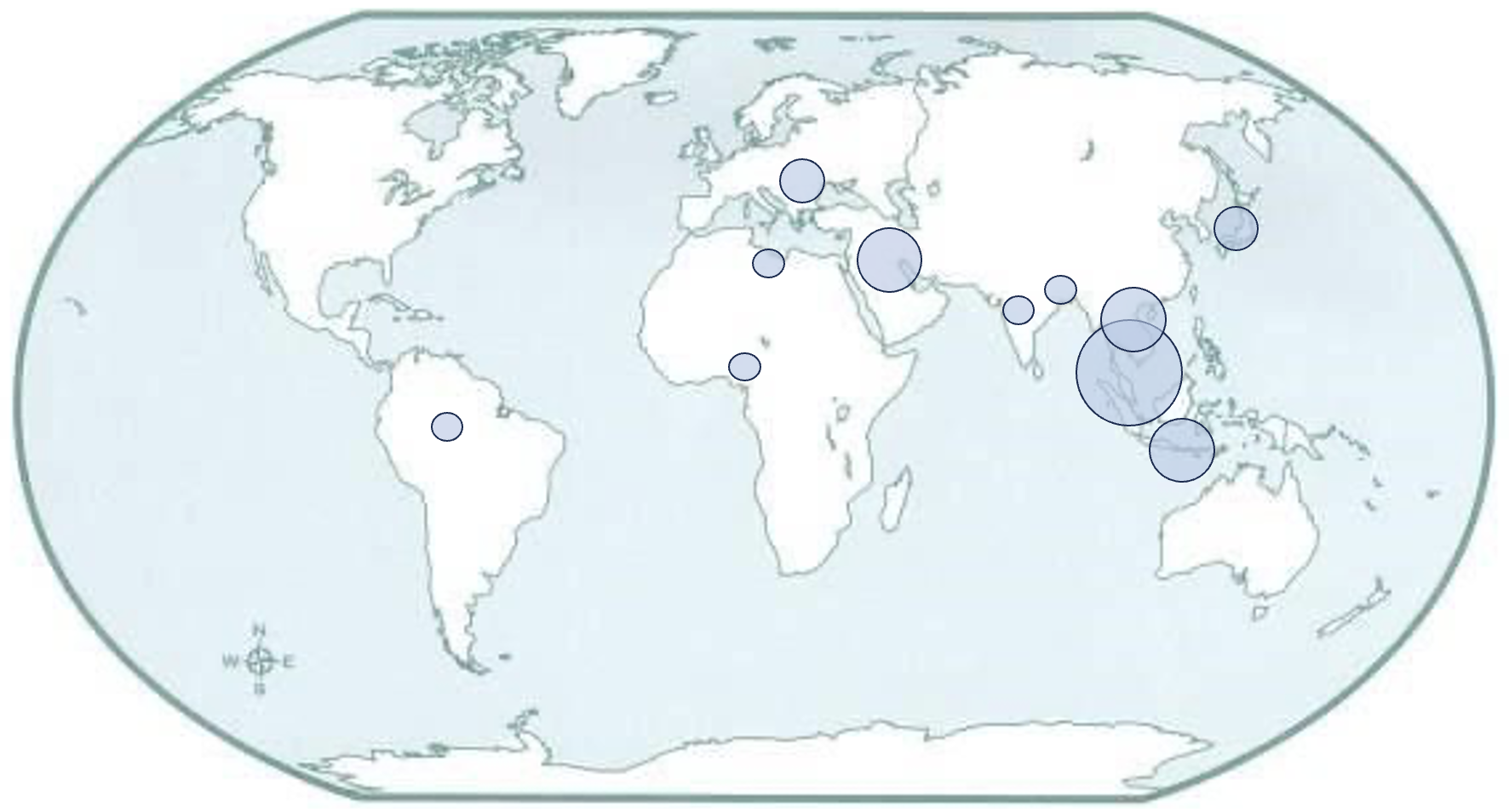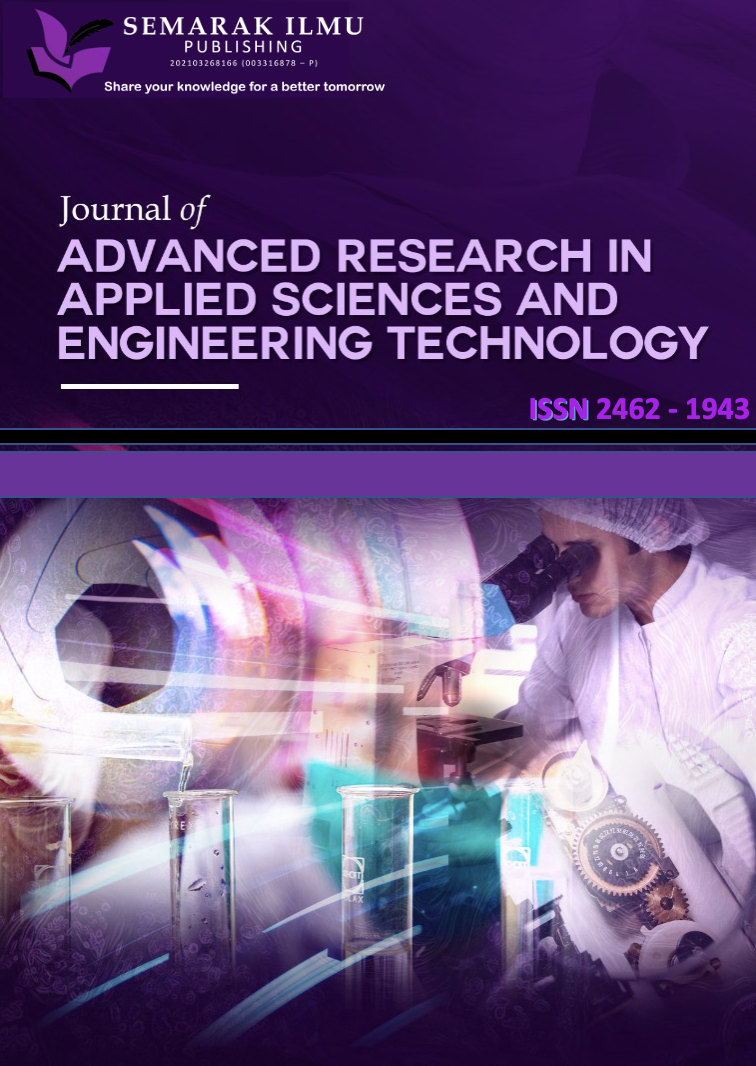A Theoretical Insight into the Electronic and Optical Behavior of ZnCo2O4
DOI:
https://doi.org/10.37934/armne.28.1.95104Keywords:
DFT, CASTEP, zinc cobaltite (ZnCO2O4), electronic properties, optical propertiesAbstract
Density functional theory (DFT) uniquely predicts diverse materials phenomena by seamlessly connecting electron interactions at the atomic scale to tangible structure and property evolution for revolutionary materials design. Through DFT, materials behavior can be predicted without expansive experimentation. This work imparts a fundamental evaluation on the electronic and optical behavior of optimized zinc cobaltite (ZnCo2O4), computed via Density Functional Theory (DFT), within the Cambridge Serial Total Energy Package (CASTEP) framework. By employing two generalized gradient approximation (GGA-PBE and GGA-PBESOL) and a local density approximation (LDA-CAPZ) at the optimized cut-off energy of 630 eV and 4 4 4 k-points, the electronic and optical properties analysis was successfully deduced. The direct band gap and conductive behavior of ZnCo2O4 have been evaluated by means of band structure and Density of States (DOS) calculation. The dielectric constant, refractive index, and absorption spectrum also reveals the viability of ZnCo2O4 in electronic device application.
Downloads





















